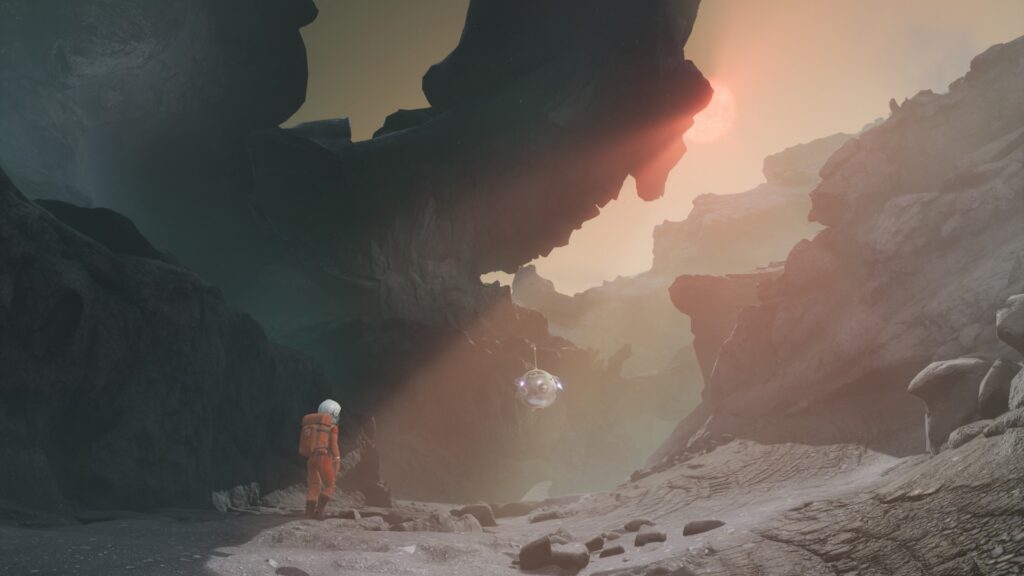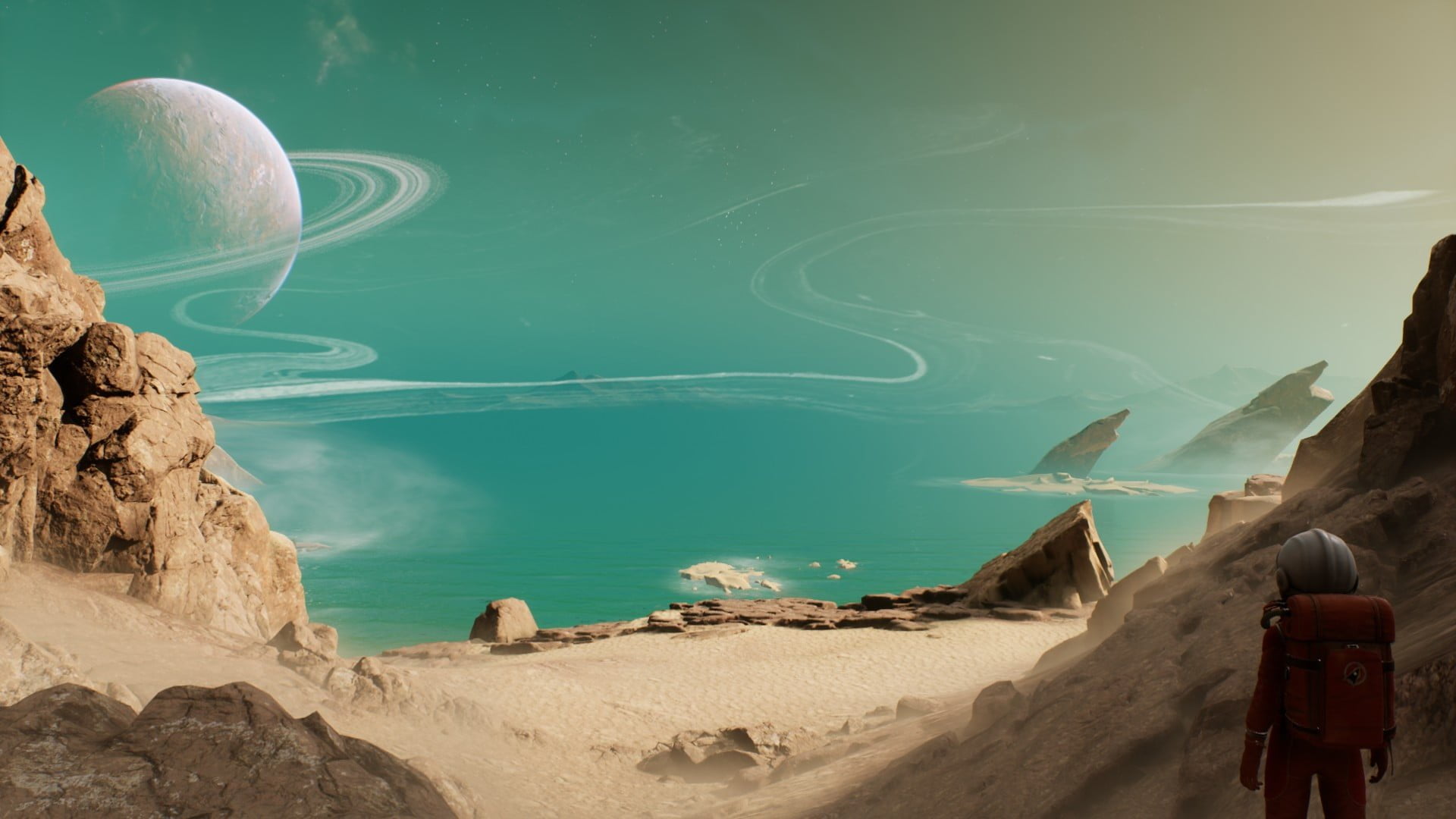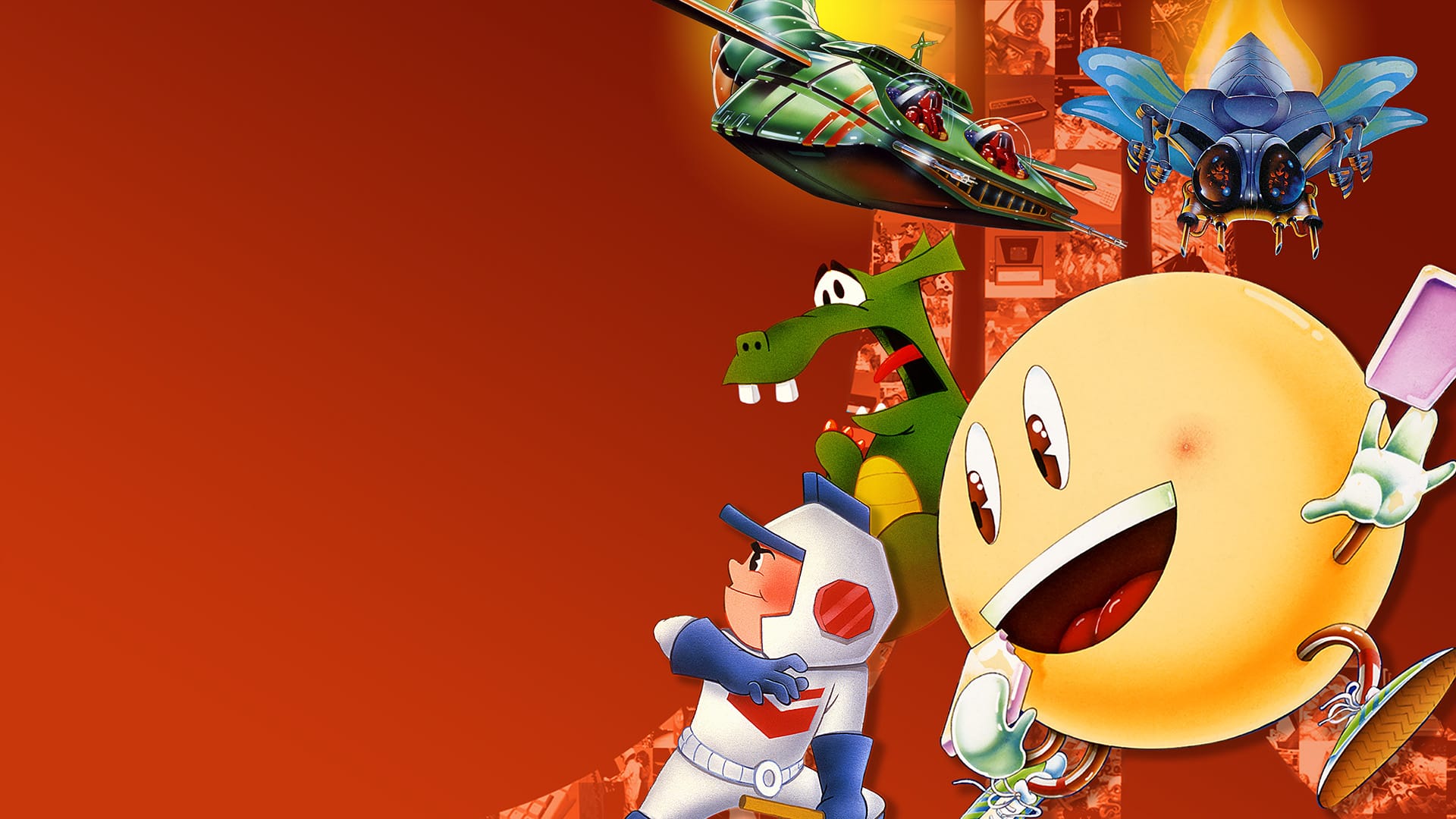Despite being a great fan of science fiction, it is to my shame that I am yet to read any works by Stanisław Lem. Best known for his novel Solaris which was adapted twice into feature films, he wrote prolifically on topics such as AI, virtual reality and the impossibility of communicating with alien life. His novel The Invincible was first published in 1964, before being translated to English in 1973. The video game version acts more or less as a prequel to the novel, covering much of the same story, but from a different angle. If, like me, you haven’t read the novel, no prior knowledge is necessary.
You assume the role of Dr. Yanza, a biologist working for the Commonwealth, an undefined spacefaring faction which is in conflict with the similarly undefined Alliance. Stationed aboard the small research spaceship Dragonfly, you awake from hibernation sleep to discover the ship in orbit around the seemingly deserted planet of Regis III. Your commander, Astrogator Novik, wishes for the small crew to explore the planet and discover why the Alliance flagship the Invincible is on its way to the planet. Unfortunately things quickly go wrong, with Yanza awaking on the surface of the planet with no knowledge of how she got there, or where any of her fellow crew are.
The entire driving force of the game revolves around the story. The closest game to this in style and presentation is Campo Santo’s Firewatch. This is a first-person exploration game with minimal puzzles, where you regularly talk to someone over the radio, set within a broadly linear world. Yanza has multiple objectives; find her crewmates, find a way to escape the planet, and discover what has been happening on Regis III. Along the way, you’ll be in regular contact with Astrogator Novik, still aboard the Dragonfly. Novik starts off as quite gruff and no nonsense, but over the course of the game he develops a strong bond with Yazna and they learn to trust each other. Occasionally you have dialogue choices for how to reply to Novik, investigating certain topics or disobeying his orders.
For the most part you’ll be travelling across the surface of Regis III, mostly walking but sometimes travelling in a small rover which makes covering large distances a bit faster. The game is a good deal longer than Firewatch, the story taking many twists and turns along the way. Likewise there are several points where the narrative can branch, some of them ending extremely differently than others. The story is multilayered and concerns not only the fate of Yanza’s crew, but also the strange indigenous lifeforms of the planet which are unlike anything ever encountered before. This is explored in the manner of hard sci-fi such as The Andromeda Strain (1971) or Arrival (2016), with thought put into the scientific method and properly doing research to understand more.
Yanza has several tools at her disposal; a short range beacon finder which will pick up anything with a transponder (usually crew backpacks), a large pair of variable zoom binoculars useful for scouting ahead, and a terrain scanner which will highlight various objects in the environment and the material they’re made of out. Occasionally you’ll need to use an item or two in order to progress, but often you can find additional snippets of story by exploring more thoroughly, or visiting out of the way locations.
While the concepts are fascinating and the voice acting throughout is pretty decent, the pacing can sometimes feel a bit sluggish, this being compounded by Yanza’s slow walking speed. While she can jog, she can only do so for about 10 seconds before she’s out of breath. The story unfolds gradually and some players may get frustrated at its stately pace, but it is done deliberately so that information is gradually unearthed as she visits new locations. I would have appreciated a bit more detail about the universe is set in, although you do gleam a fair amount about it by the end.

Visually the game often looks incredible. The arid landscape of Regis III features a wide variety of rocky vistas, desolate deserts and jagged mountains, with other planets hanging in the sky. You also get to explore a number of human bases and installations, the design of which is very retro-futuristic, taking inspiration from films such as 2001: A Space Odyssey (1968) and of course, Andrei Tarkovsky’s version of Solaris (1972). The large walker robots you encounter midway through the game also look extremely like the fighting machines from H.G. Wells’ The War of the Worlds. I did encounter some performance problems, with the game routinely stuttering even with DLSS or FSR enabled. I’m inclined to believe this is the common complaint of shader compilation stutter, as it seemed to happen whenever entering a new area. While patches can address some of this, ultimately a pre-launch shader compiling load will need to be added.
If you enjoyed Firewatch and games like it, you’re the ideal audience for The Invincible. The story is consistently interesting, but the slowness mirrors the slowness of other hard science fiction, where everything is approached with a deliberate caution. I would have preferred the ability to manually save the game, as it means going in to see how you can change the story requires an entire new playthrough. Nevertheless, The Invincible is worth commending for being a sci-fi game which brings the works of Stanisław Lem to a brand new audience, and his legacy is handled with care throughout.







